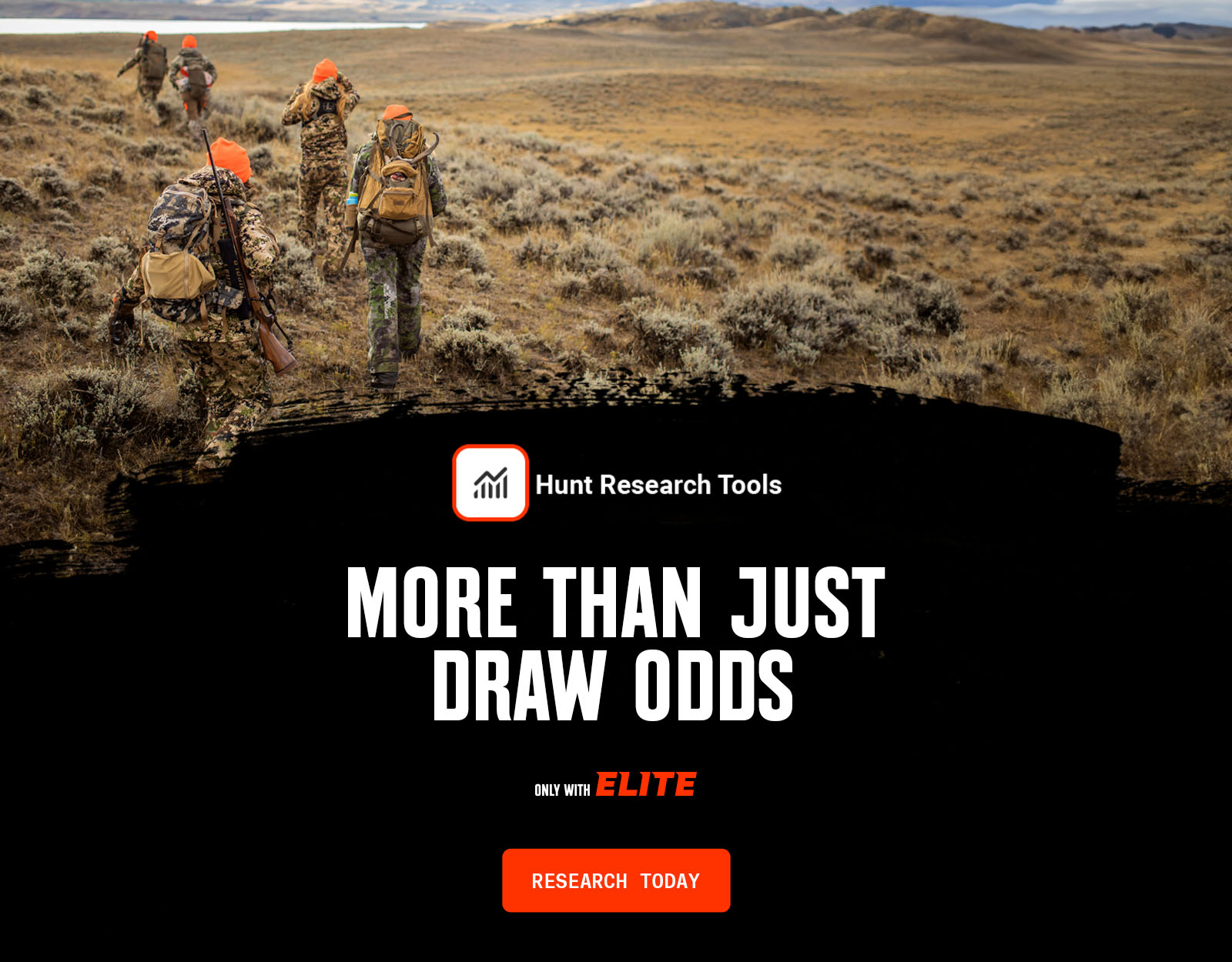With hunting season winding down here in the West, it’s time to start thinking about the rapidly approaching application seasons and planning for next fall. I find this a very fascinating time as we evaluate winter conditions, changes in states quotas and prices, and try to make educated guesses on what will happen and how our fall will shape up.
Each season always seems to end up different either by design or by beating the odds in the draws. When planning my next application season, I have four categories that help me make a game plan and consider what I’m going to do this fall. I think it’s important to be flexible and definitely make an application strategy for your upcoming season, and I don’t think any two seasons should look the same, as you’ll have different opportunities and point levels to consider each year. Let’s walk through these categories and I’ll give some examples of how they affect me as well.
Stay Organized
All right, it’s application time. I’m excited to get my name in the hat for an awesome tag. It’s an easy process right? Well, the answer is no, it’s actually pretty complex as a hunter to figure this all out. Luckily there are tools that will help you along the way though that I will outline below in this section.
But first here are some things to consider and gather ahead of time. First, you’ll need to have your hunter’s education completed and have your number handy as many states require it while creating your account. For each state you want to apply in, you need to create a user ID and password to access the system. If you already have these you are probably like me and forget what they are as you only use them once a year when applying. I started a spreadsheet to store all my login information and passwords.
Next, you need to consider your budget and what each state requires for purchases. Some states require you to purchase a hunting license (which runs a hundred bucks or so) and then an application fee of a few dollars to apply for each species. Some states like New Mexico require you to pay the whole cost of the hunting license up front—which can be thousands of dollars—and then you get a refund if you don’t draw.
Then you have to consider that the draws for each state are spread out over a six-month period and you have to remember what states you want to apply for and when the application season opens and closes for each state. Many states also have different dates for different species which adds to the confusion but is necessary for biologists to consider winter survival and quotas at different times for each species. Needless to say, application season can be a six-month grind that coincides with all the other things going on in your life and it can be easy to get flustered and confused.
To help you with this process, onX has built and grouped together a set of tools that can help guide you through your application season and stay organized.
As an onX Elite Member, you have access to:
- onX Hunt Research Tools, which gives you access to a research tool to analyze hunting units to apply for. This includes an estimate of your chances of drawing a unit, commonly referred to as draw odds. You can also dive into season dates, population dynamics, public land analysis, success rates, and filtering options to dial in your preferred unit.
- A Huntin’ Fool Digital Membership that gives you access to application deadlines, an e-magazine with application articles, and insider tips. onX and Huntin’ Fool will also be doing a series of masterclass webinars on application topics.
- HuntReminder is a very simple tool that allows you to sign up for text or email notifications on upcoming application deadlines. I have to admit I’ve missed a deadline because other stuff got in the way that day. A simple text or email reminder would have saved me back in the day and I’m very happy to have these reminders now.
OTC vs. Draw tags
Over-the-counter (OTC) tags are available to purchase without having to apply in a draw system, while draw tags require you to apply and wait for a drawing run by the state to see if you get a tag. In general, your home state is going to be the starting point for getting OTC tags as they usually favor residents. Hunting your home state is usually the focal point for planning what your season will look like. You’re more familiar with the areas, tags and travel cost less, and you can usually combine with family or friends for a fun trip.
In general, when looking at state management practices, a draw tag has a limited amount of animals that can be harvested in that unit while an OTC tag may be unlimited which leads to the potential for higher age class animals in draw tag areas. However, if you are able to hunt an OTC unit each year you will begin to learn the animals’ habits and patterns and may be able to find a honey hole of your own for a few years (but don’t count on it lasting forever).
As a Montana resident in 2024, I will be purchasing OTC tags for deer and elk along with my son who will be 12, so I will definitely be blocking out the deer/elk seasons in Montana to plan a hunt with him. Then we will also apply for special draw deer and elk tags to see if we get lucky on a premium unit. Those hunts will have the same dates but may offer us a chance to draw a unit. Either way, I’ll need to block out those dates when looking at applying personally for tags in other states. You don’t want to apply for hunts that overlap with plans that you already have. Using a tool such as onX Hunt Research Tools is useful for looking at hunt season dates and opportunities.
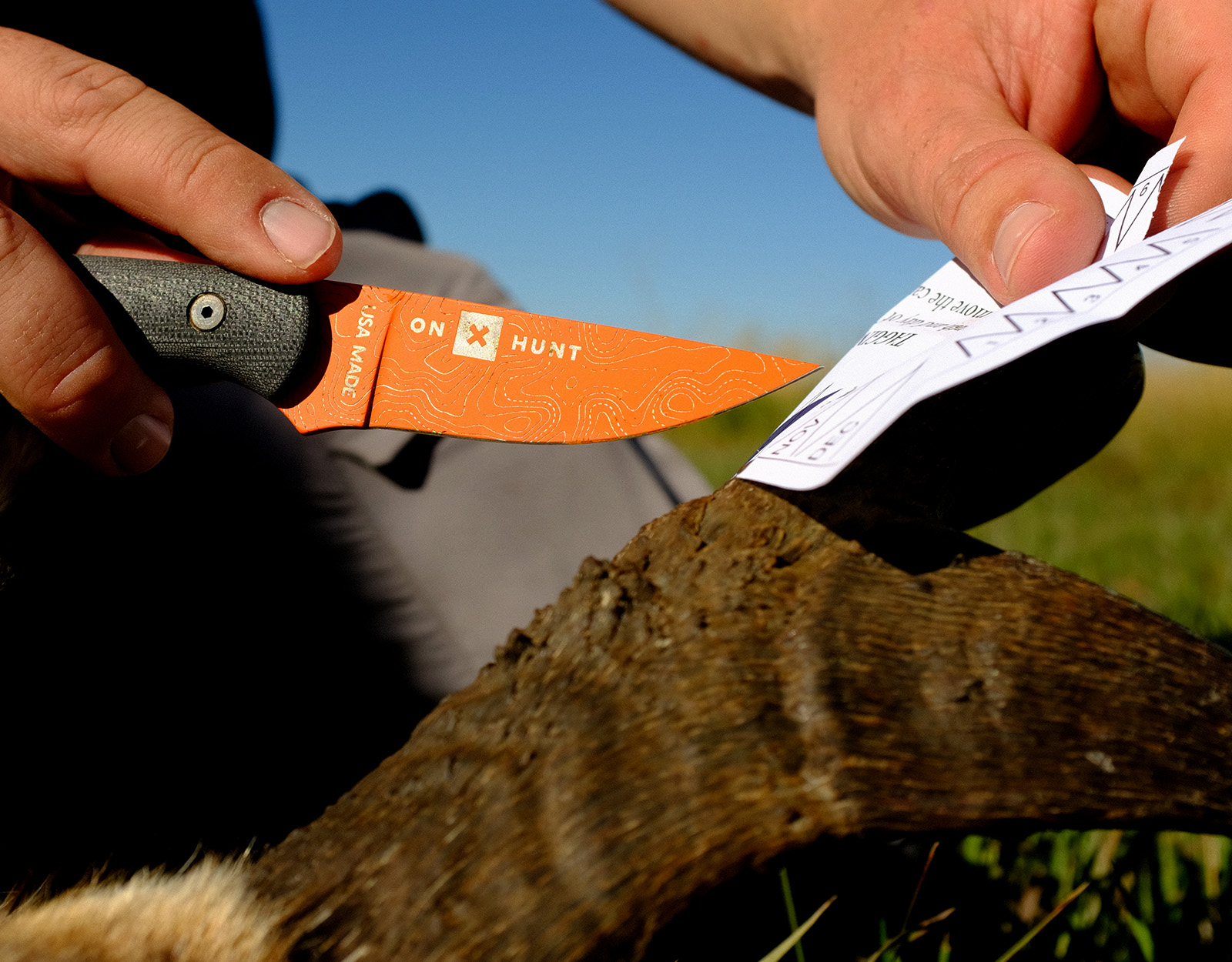
Applying In Multiple States Increases Your Odds
The name of the game is to increase your chances of doing a fun hunt each year. I don’t plan on drawing four or five tags a year; I want to hunt Montana and then have a chance at one or two draw tags or OTC hunts each year. The nice thing with the staggered drawings by the states is that you can actually start to see some of your results before having to put in for other states. Once you get that tag you don’t have to still try to draw a tag in every other state.
What I do is look at my schedule and decide where I want to hunt and my feasibility of drawing a tag. If I want to do Wyoming antelope and I have a roughly 75-100% chance when looking at my draw odds in onX Hunt Research, then I pencil that in on my schedule. I then generally would only apply for a really hard to get antelope tag in other states so that I build a point still but if I do get drawn it’s a premium tag and I just got lucky in the draw. We don’t have unlimited time off or the ability to realistically do more than two or three large hunts a year, so keep applying and building points in multiple states each year as there is no pressure to have to apply the same way each year. As your points grow you will see new opportunities and hunts to go on.
Odds are important. The better the odds and the more times your name is in the hat, the more tags you will get. It’s just math. Say you are applying for very limited mountain goat tags in your state. You have the choice to pick between a 1% draw unit close to your house or a 3% draw unit a few hours away with more logistics. After 10 years of applying your chances of drawing the tag would be 9.6% in the 1% units versus 26.3% in the 3% unit (according to my quant! – Big short reference). I want that tag and I’ll figure out the logistics later would you agree?
Not Putting In for the Same Old Unit
There are pros and cons to putting into the same unit each year. The pros include: you know where to go, which is one of the most important parts of hunting. You know the camping spots, access routes, where animals go, and it feels nostalgic to hunt the same area each year. Maybe it’s where your family always hunted. I definitely had a long streak of doing this in Montana for deer hunting, but you know what? Slowly each year we would see fewer deer and more people, access roads were closed by landowners, and the unit was changed from a draw for cow elk to OTC leading to increased hunters chasing elk.
Sometimes it’s just time to move on to greener pastures. Units change and aren’t static. Game populations change due to winter kill, drought, overharvest, or disease. Use onX Hunt Research Tools and Huntin’ Fool strategies to help find new units. If a unit has an increased quota from 100 to 200 animals, that’s a good sign. Can you find a unit like that? Has there been new access created in a unit through a private access program like Block Management or Access Yes can you take advantage of that for a few years? Has an OTC unit changed to a draw unit?
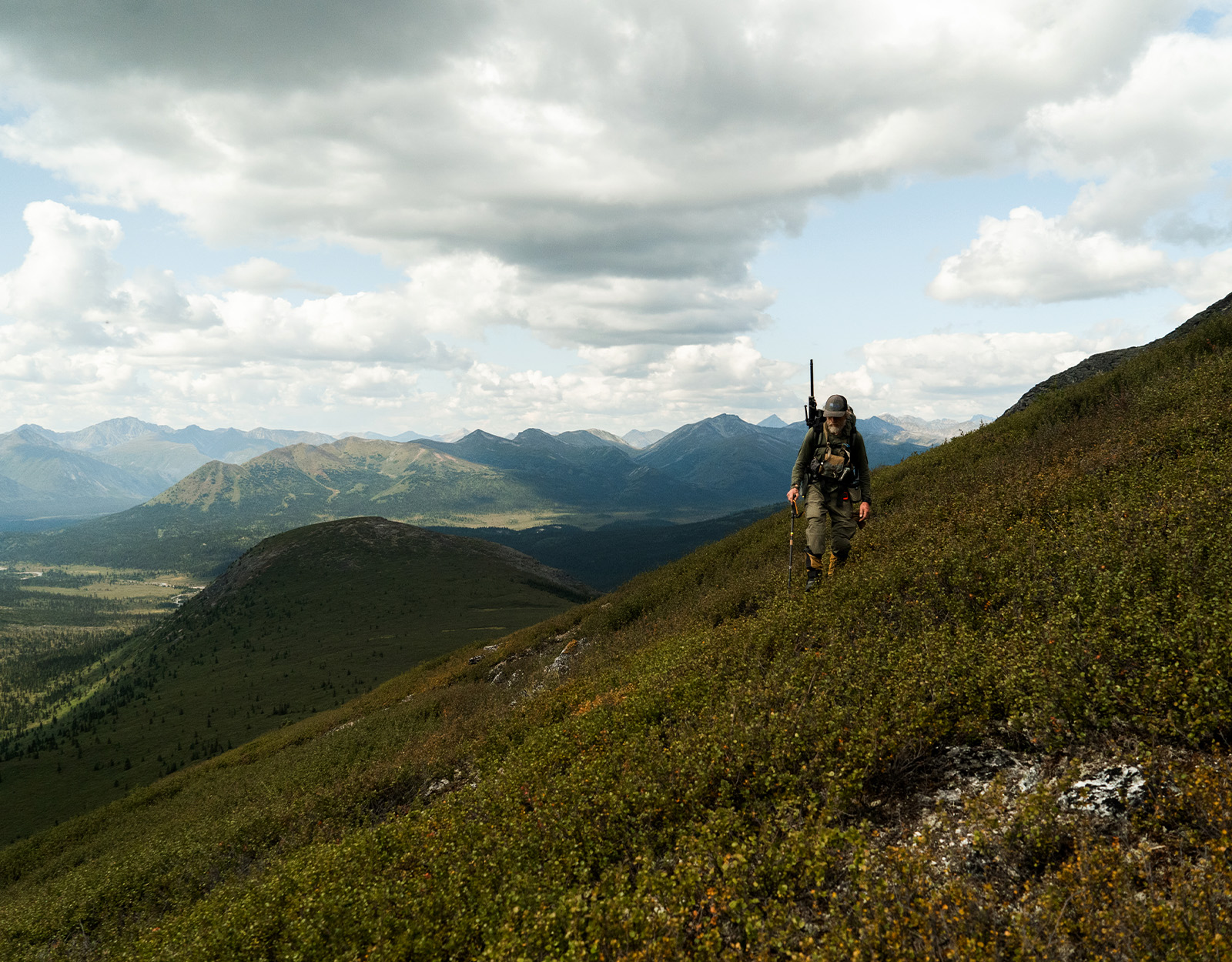
The first few years you can likely draw that unit with 0 to 1 points and have some really nice units with fewer people around. I always put in for Montana antelope in the same unit but now I can only draw that tag every four years, looking at draw odds. I want to hunt antelope more often now that I will have my son applying as well. We need to find a unit we can go hunt every two years now.
If you want to hunt more often you might need to change your plan as draw odds and demand for tags go up. Don’t be afraid to mix things up and try a new unit. One of my co-workers who lives in Colorado had to change units this year due to the snow and winter kill last year. They had an awesome backcountry hunt, experienced a totally new part of the state, barely saw any other hunters, and harvested two good bulls and a brown color-phase bear. That seems like a good pivot to me.
To Wrap Things Up
The best time to start is now if you want to maintain your hunting opportunities into the future. While it can seem confusing, be sure to use some of the tools above and consider a few things that might simplify the process for you. Make sure your home state is your top priority as it allows you the best chances of getting tags each year. Are you a rifle or bow hunter? This can simplify the tags and seasons to apply for. Finally, choose a new state each year to learn about and research to see if it’s a good fit, you don’t have to dive into eight states right away. Good luck in the draws this season and don’t forget to let the math work for you.
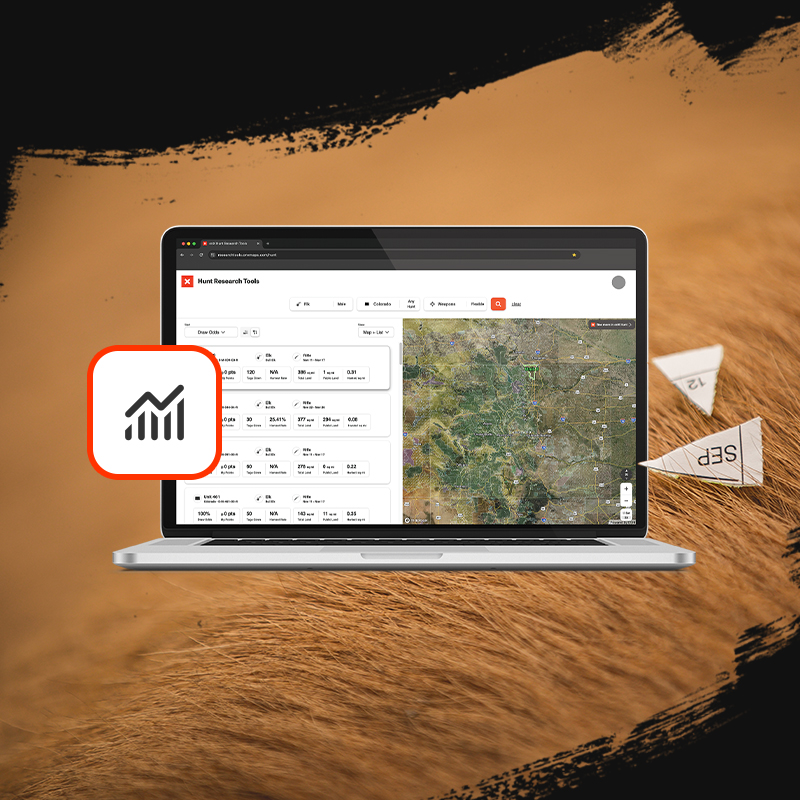
Your One-Stop Application Season Stop
To maximize your time spent researching and applying—and to help you build your strategy to successfully draw in 2024 and beyond—we’re providing onX Hunt Elite Members with FREE services in one comprehensive package:
- Hunt Research Tools: In-Depth Draw Odds and Application Tools
- Huntin’ Fool: Boots-on-the-Ground Research and Insight
- HuntReminder: Worry-Free Text and Email Reminder Service
- onX Hunt: Map Your Hunt With Research Layers
